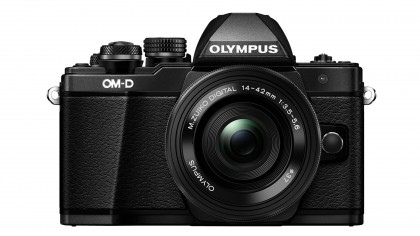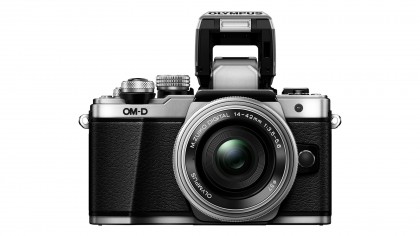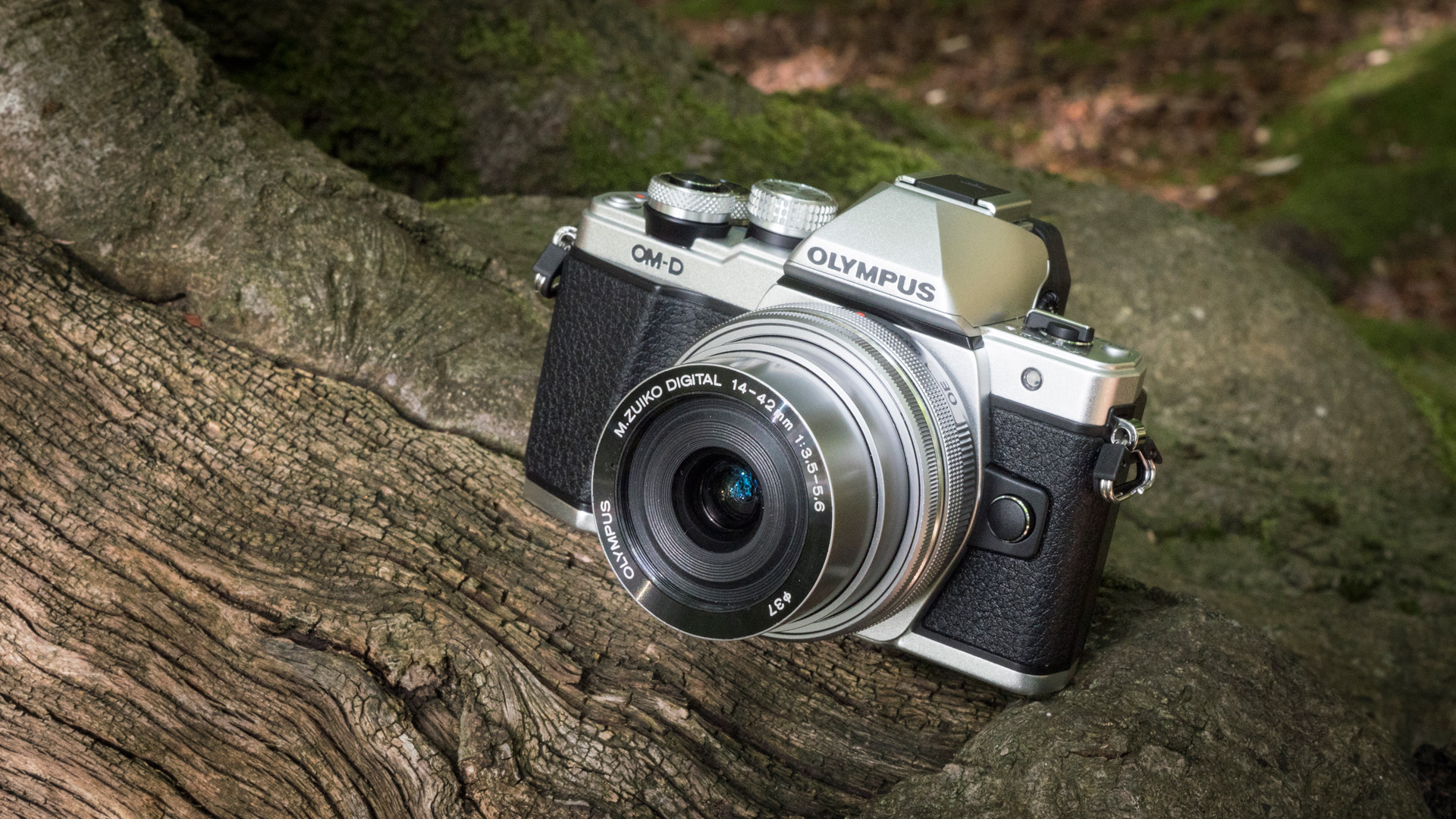TechRadar Verdict
The OM-D E-M10 II embodies what the Olympus OM-D series is all about; it's a high quality camera that feels great, offers an extensive feature set with bags of control and produces superb quality images yet doesn't take up much space in your bag.
Pros
- +
Small size
- +
Excellent EVF
- +
Versatile and lots of customisation options
Cons
- -
Comparatively small sensor
- -
4K timelapse at 5fps playback
- -
Tilting rather than vari-angle screen
Why you can trust TechRadar
Mirrorless cameras promise DSLR quality, features and controls in a smaller package, and the OM-D E-M10 is one of the smallest cameras to still deliver that DSLR feel.
I'm a fan of the Olympus OM-D E-M10 and I've used it on a frequent basis since its launch in January 2014 because, as well as being very compact, it has a durable feeling body, offers lots of control and produces high quality images. When paired with a small lens like the M.ZUIKO 14-42mm f/3.5-5,6 EZ it makes a great 'carry-everywhere' camera with a wealth of easy to access controls and, crucially, an excellent viewfinder which means you can see the image you're composing even in bright sunlight. I'm not the only one who's appreciated it – it's been a huge success for Olympus, out-selling the other OM-D models.
The new OM-D E-M10 Mark II is more of a refresh than a substantial update to the existing camera (which continues in the range for now). It's aimed at enthusiasts who want creative options without the bulk or complexity of some SLRs or one of Olympus's more advanced OM-D cameras. However, the new model brings a few changes that should help it compete in the current market.
Like the original E-M10, the E-M10 II has a 16Mp Four Thirds type sensor coupled with the TruePic VII processing engine and it's capable of shooting raw and JPEG still images as well as Full HD movies. Olympus isn't saying whether it uses the same sensor as is in the E-M10, but it seems likely.
However, Olympus has improved the image stabilisation system to make it operate over 5 axis rather than 3 and pushing its compensation to a claimed 4 stops of shutter speed rather than 3.5. This can be used in stills and video mode to reduce blur or shake. It doesn't add the high resolution mode that's present in the OM-D E-M5 Mark II though.
While the OM-D E-M10's 1,440,000-dot electronic viewfinder is very good, Olympus has given the Mark II a 2,360,000-dot OLED finder – a significant enhancement. As usual with an electronic finder this provides a 100% field of view and can show the impact of settings such as white balance, exposure and Picture mode. In response to user requests, however, there's an option in the Mark II's menu to set it to simulate an optical finder, so you can also have an unprocessed view if you like.

As on the Mark I, there's a 3-inch 1,037,000-dot LCD touch-screen on the back of the camera. While it's disappointing that Olympus hasn't opted to give the new camera a vari-angle screen like on the OM-D E-M5 Mark II, it's perhaps understandable given that the company needs some separation between the products. It would also have pushed the price up.
In a new move for Olympus, there's an option to enable the screen to be used to set the AF point while looking through the viewfinder.
Keen videographers will appreciate the fact that there's greater control over video settings and it's possible to record Full-HD footage at a maximum of 60fps (frames per second) and VGA footage at 120fps. There's also a My Clips option shoot short clips of video that are joined together in-camera to create more dynamic movies. In addition, for more advanced users there's a clean HDMI output for recording or viewing on external devices.
Although it's not possible to record normal 4K movies with the E-M10 II, Olympus has improved upon the original EM10's time lapse feature with the ability to create 4K time lapse movies in-camera, although playback is limited to 5fps.

In addition to the usual exposure bracketing, Art Filter, sensitivity and white balance bracketing options that we expect from Olympus, the E-M10 II has a focus bracketing option that allows you to set a starting focus point and capture up to 99 shots with focus adjustments around it. This could be very useful for macro, still life or landscape photographers who want to use focus stacking techniques to create an image that's sharp from front to back. Sadly the stacking doesn't happen in-camera and there's no stacking software supplied, but it's something that can be done relatively easily in Photoshop and some other image editing packages.
As usual with Olympus cameras, the E-M10 Mark II has 14 Art Filter effects that can be applied to JPEG files along with 9 Art Effects or Picture Modes. The Art Filter effects can be customised and saved for future use. All of these effects can be used when shooting raw and JPEG files simultaneously, so it's possible to have a clean image as well as one (or more) with the processed effect. Olympus allows you to bracket the effects, selecting the options you like best, so if you want it's possible to produce a whole array of different styled images, plus a raw file, with just one press of the shutter release.
Further control over images is given via the Colour Creator, Highlight and Shadow and Aspect Ratio controls.

Olympus was one of the first manufacturers to get on-board with WI-Fi connectivity and allow remote control of a wide range of features via an app on a smartphone or tablet. It's business as usual with the E-M10 Mark II, but there's the additional ability to see Live Composite images build-up on the screen of a connected smart device.
Other features of note in the E-M10 Mark II include the ability to shoot at up to 8.5 frames per second (up from 8fps) when the focus and metering is set at the start of the sequence, 4fps shooting with continuous autofocusing and metering, an electronic shutter that allows shutter speeds of up to 1/16000 sec, a silent mode and a small pop-up flash in addition to a hot-shoe. In addition, there's an extensive range of exposure modes with options to suit novices as well aperture priority and manual exposure favoured by enthusiasts. Olympus's clever Live Bulb, Live Time and Live Composite modes which make light work of long exposure shots are also present. These allow you to see the image build up on the back of the camera or on a connected smartphone.
